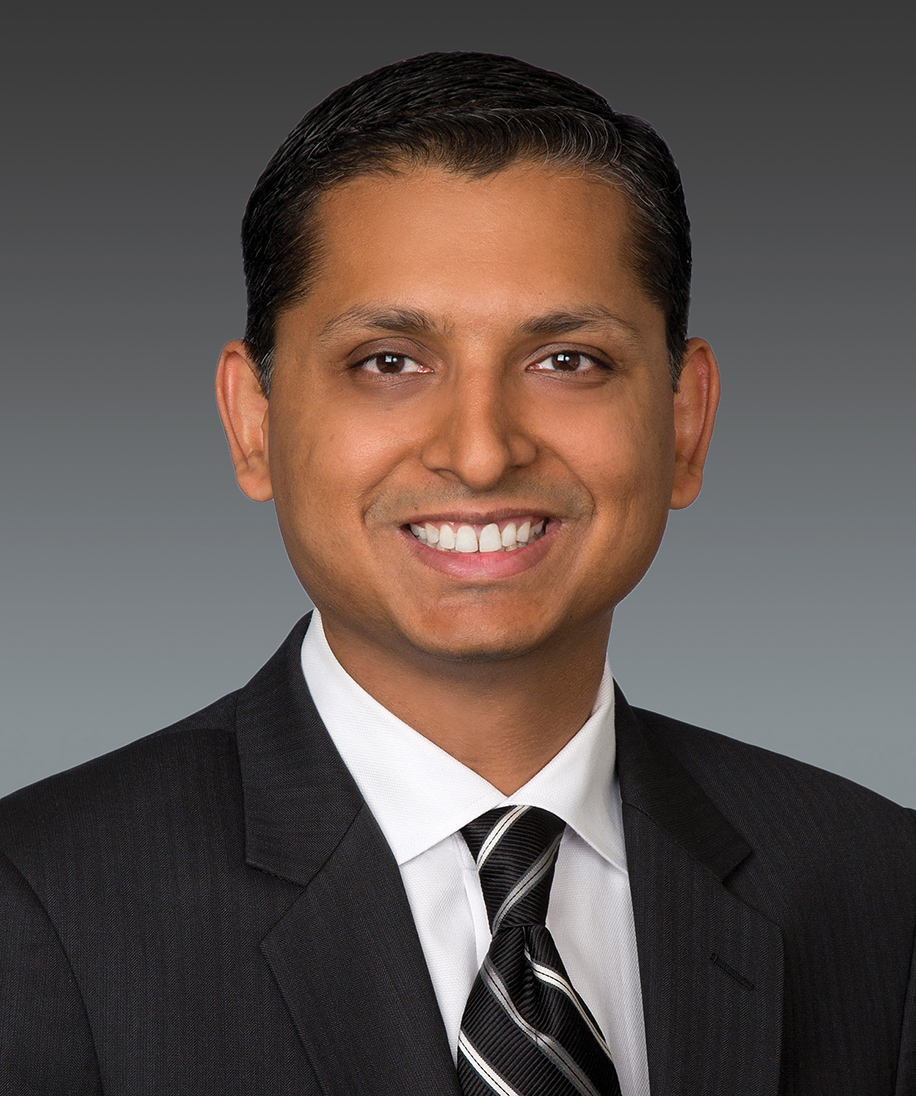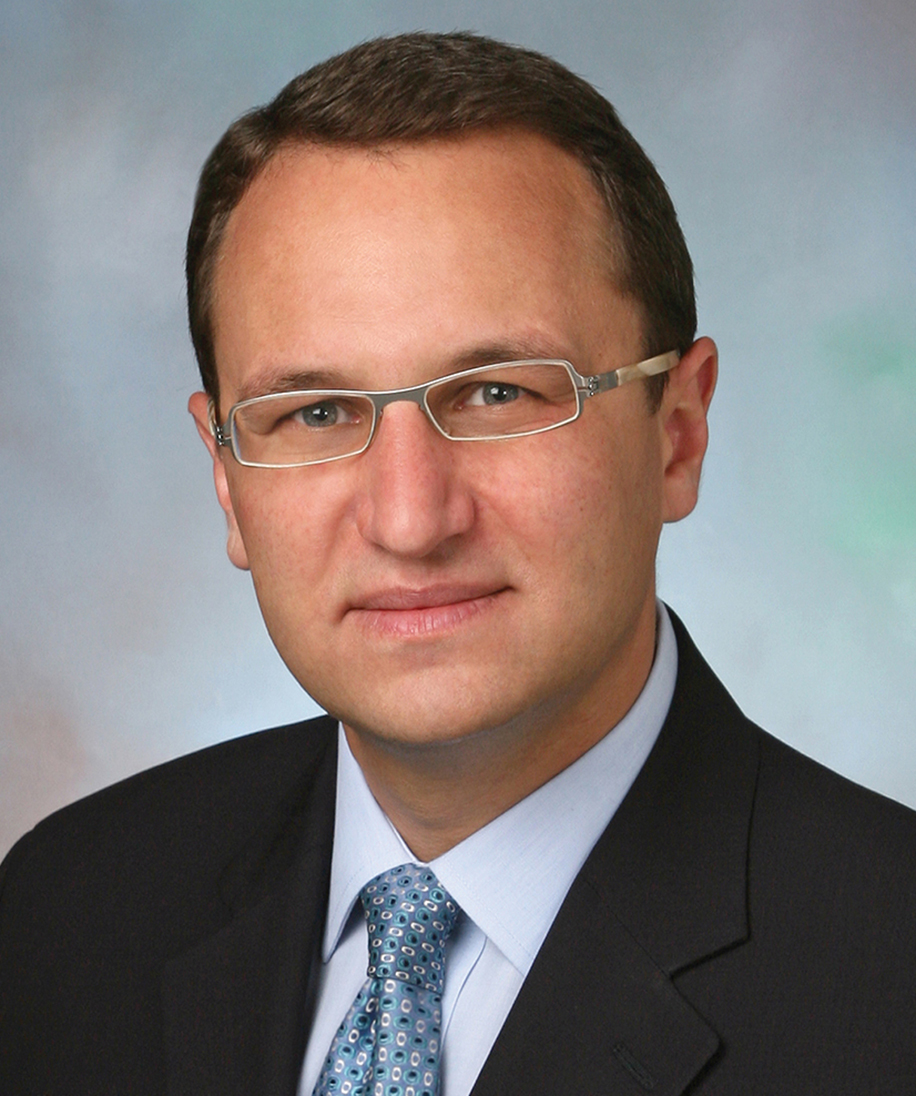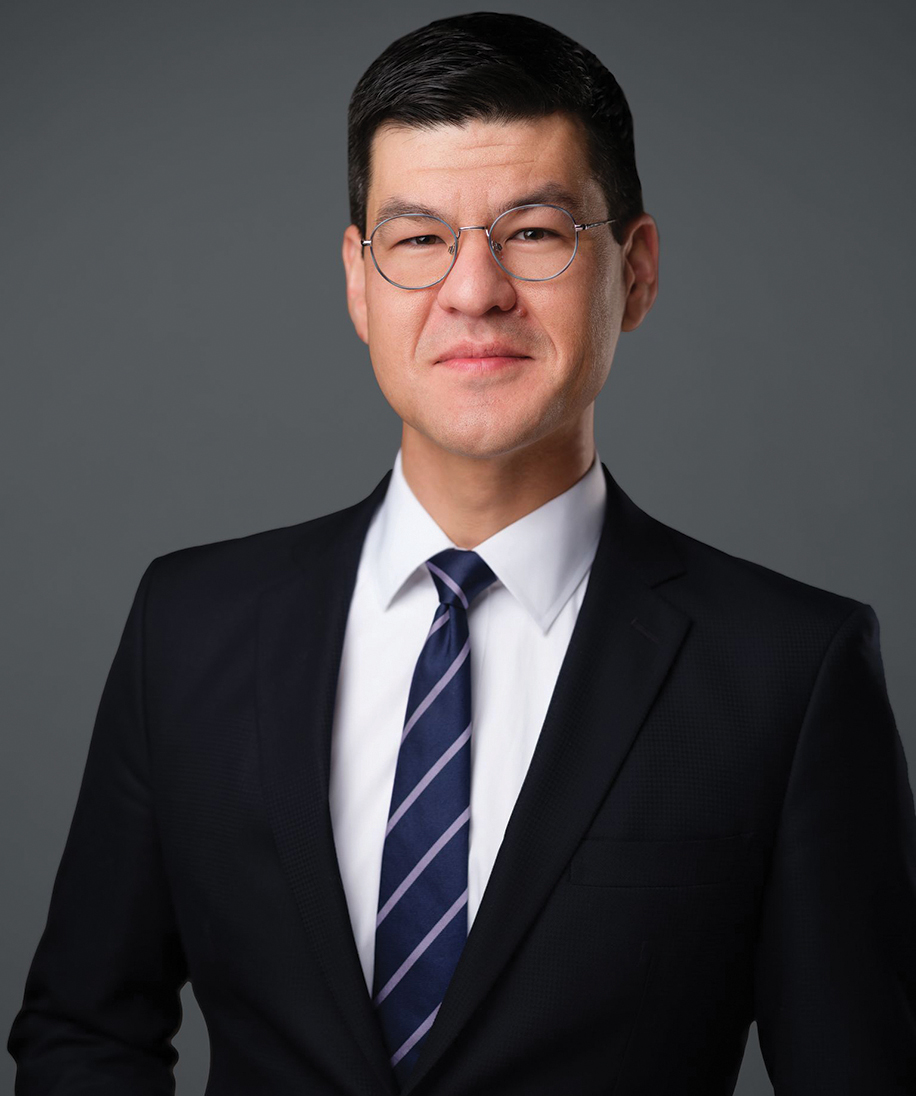Client Alert
PTAB Section 315(b) Time-Bar Determinations Reviewable at the Federal Circuit
January 10, 2018
By Michael Wolfe, Igor V. Timofeyev, Daniel Zeilberger, Naveen Modi & Joseph Palys
In a 9-4 en banc opinion issued on Monday, the Federal Circuit held that the Patent Trial and Appeal Board’s (“PTAB” or “Board”) time-bar determinations under 35 U.S.C. § 315(b) are reviewable by the Federal Circuit, expressly overruling its prior precedent. Wi-Fi One, LLC v. Broadcom Corporation, No. 2015-1945 (Fed. Cir. Jan. 8, 2018). Even though the majority limited its holding to “appealability of § 315(b) time-bar determinations,” slip op. at 21, its reasoning will likely apply more broadly to other threshold determinations unrelated to patentability. Thus, PTAB practitioners would be wise to make a clear record of time-bar and other threshold determinations at the Board for appeal purposes.
Background
In 2010, Telefonaktiebolaget LM Ericsson (“Ericsson”) filed a complaint for patent infringement against multiple defendants in the Eastern District of Texas. Later, in 2013, Broadcom (not one of these defendants) filed petitions for inter partes review (“IPR”) against Ericsson’s patents. During the pendency of the IPR proceedings, Ericsson transferred ownership of the patents to Wi-Fi One, LLC (“Wi-Fi”).
In the IPR proceedings, Wi-Fi argued that the petitions should be denied and review not be instituted because Broadcom was in privity with defendants from the district-court litigation. Thus, Wi-Fi argued, the petition was time-barred by 35 U.S.C. § 315(b), which precludes institution of IPRs based on petitions filed more than a year after the petitioner or its real-parties-in-interest (“RPIs”) have been served with a complaint alleging infringement.
The Board rejected Wi-Fi’s argument in its institution decision and again at final decision, and Wi-Fi appealed. A panel of the Federal Circuit[1] dismissed Wi-Fi’s appeal of the time-bar issue, reasoning that under its then-binding precedent of Achates, the issue was nonappealable.[2] Judge Reyna wrote a special concurrence, calling for the entire Federal Circuit to consider the issue. Wi-Fi petitioned for rehearing en banc, which the court granted.
The En Banc Court’s Decision
The en banc court disagreed with the panel, in an opinion by Judge Reyna.[3] The majority first examined the America Invents Act’s provision precluding judicial review, 35 U.S.C. § 314(d). This provision states that “[t]he determination by the Director whether to institute an inter partes review under this section shall be final and nonappealable.” The question before the en banc court was whether this provision precludes review of the Board’s determination[4] whether a petitioner complies with § 315(b)’s one year time bar.
The majority first noted the “strong presumption” favoring judicial review of agency actions—a presumption that can only be overcome by a “clear and convincing” indication of Congressional intent to prohibit review. Slip op. at 14-15. The majority examined both the statutory language and the overall statutory scheme to determine whether such an indication exists.
Regarding statutory language, the majority emphasized that the judicial review restriction of § 314(d) is limited to determinations to institute an IPR “under this section,” and therefore § 314(d)’s reach was limited to determinations set forth in § 314. Slip op. at 15. The majority then examined § 314(a)—“the only subsection addressing substantive issues that are part of the Director’s determination ‘under this section.’” Id. That provision, the majority noted, does only two things: 1) identifies the threshold requirement for institution and 2) grants the Director discretion to not institute review. This threshold inquiry, the majority explained, is focused on the patentability merits of particular claims, and is merely preliminary. The majority categorized § 315(b)’s time bar as unrelated to either the Director’s non-institution discretion or these preliminary patentability determinations, and therefore does not fall within § 314(d)’s restriction on judicial review.
The majority reasoned that this reading is consistent with the overall statutory scheme and the Supreme Court’s directive in its Cuozzo decision[5] to examine whether the determination sought to be reviewed is “closely related” to the reasonable likelihood of success determination in § 314(a). Slip op. at 18. Notably, under this statutory scheme, some sections, such as the preliminary procedural requirements contained in §§ 311-313, relate more closely to this preliminary determination. Because the time bar under § 315(b) is not so “closely related” to § 314(a)’s preliminary patentability determination, however, the en banc court held that § 314(d) does not bar appeals of such determinations. Id. at 20.
The majority concluded that neither the statutory text nor the statutory scheme demonstrates a “clear and convincing” indication of Congressional intent to preclude review. The en banc court then held that the PTAB’s time-bar determinations are reviewable, and remanded the case to the original Federal Circuit panel to consider, in the first instance, the merits of Wi-Fi’s time-bar argument.
Judge O’Malley (who joined the majority opinion) wrote a separate concurrence expressing her view that the question simply turned on a “distinction between the Director’s authority to exercise discretion when reviewing the adequacy of a petition … and authority to undertake such a review in the first instance.” Slip op at 3 (O’Malley, J., concurring). According to Judge O’Malley, § 314(d) is directed toward the Director’s discretionary review of the petition’s sufficiency (such decisions are barred from appeal), whereas § 315(b) is jurisdictional and is directed toward the Director’s authority to act (not barred).
The concurrence also linked the Director’s discretion in reviewing the adequacy of the petition with the PTO’s “core statutory function” of determining patentability, given Congress’ intent to preserve this core function of the agency. Judge O’Malley stressed that, in her view, § 315(b)’s time bar falls on the other side of the “appealability ledger,” being entirely unrelated to patentability and requiring no technical expertise to determine. Slip op. at 6-7 (O’Malley, J., concurring).
The Dissent
Four Federal Circuit judges dissented, in an opinion by Judge Hughes.[6] While recognizing the “strong presumption” in favor of reviewability, the dissent contended that congressional intent to preclude review in this case is “clear and unmistakable.” Slip op. at 4 (Hughes, J., dissenting). The dissent emphasized the plain language of the statute, which “calls out a specific agency determination, and expressly prohibits courts from reviewing that decision.” Id. at 4 (emphasis in original).
The dissent invoked Cuozzo to contest the majority’s holding that § 314(d)’s reviewability bar only applies to questions related to patentability determinations of reasonable likelihood of unpatentability. In the dissent’s view, the bar is broader, covering all “‘questions that are closely tied to the application and interpretation of statutes related to the Patent Office’s decision to institute inter partes review.’” Id. at 5 (quoting Cuozzo, 136 S. Ct. at 2141). According to the dissent, because the timeliness decision under § 315(b) is a part of the Board’s institution decision, review should be barred by § 314(d).
The dissent also proposed an alternate reading of the statutory clause “under this section” as merely indicating that IPRs are instituted under § 314, rather than reading this clause (as the majority did) to limit the reviewability bar to the Director’s assessment of the criteria listed in § 314.
The dissent drew a distinction between § 314(d)’s reviewability bar, and 35 U.S.C. § 303(c), an analogous reviewability bar for ex parte reexamination, which states: “[a] determination by the Director . . . that no substantial new question of patentability has been raised will be final and nonappealable.” Slip op. at 9 (Hughes, J., dissenting). Because the reexamination reviewability bar is more narrowly tailored to preliminary questions relating to patentability, the dissent argued that the similar provision for IPRs that does not include such limiting language should not be similarly restricted. This is “particularly significant,” according to the dissent, “because the AIA retained § 303(c) with its different language.” Id. at 10.
Finally, the dissent contended that § 315 is not less “closely related” to § 314 than §§311-313. As an example, the dissent asserted that the § 315(b) time bar is as closely related to the institution decision as § 312’s requirement that a petitioner disclose RPIs. This is because the disclosure of RPIs is used by the Board to determine whether the petition is time-barred, and thus is “part and parcel of the timeliness inquiry under § 315.” Id. at 10. In particular, the dissent noted, the panel on remand will need to decide “whether the Board properly resolved which parties constitute a real party in interest under § 312(a)(2)” to determine the time-bar issue. Id. at 11.
The En Banc Decisions’ Implications
By expressly overruling its prior precedent of Achates, and holding that the PTAB’s time-bar determinations under 35 U.S.C. § 315(b) are judicially reviewable, some practitioners will take the position that the Federal Circuit in Wi-Fi One significantly altered the legal landscape. Parties to IPR proceedings where the time bar could be an issue would now be well advised to ensure a clear and well-supported record of the Board’s determination.
The decision may also have implications in other areas as well. While the en banc court in Wi-Fi One limited the scope of its decision to the reviewability of § 315(b) time-bar determinations, the decision’s logic could open the door to judicial review of other Board decisions rendered in the institution context. Whereas prior decisions of the Federal Circuit seemed to narrow judicial review of IPR institution decisions, Wi-Fi One suggests that § 314(d)’s reviewability bar may now only apply to “threshold” inquiries connected to the preliminary patentability decisions, not to other statutory requirements for IPR institution in the America Invents Act.
[1] Wi-Fi One, LLC v. Broadcom Corp., 837 F.3d 1329 (Fed. Cir. 2016).
[2] Achates Reference Publishing, Inc. v. Apple Inc., 803 F.3d 652, 658 (Fed. Cir. 2015).
[3] The opinion was joined by Chief Judge Prost and Judges Newman, Moore, O’Malley, Wallach, Taranto, Chen, and Stoll.
[4] The Director permissibly delegated his authority to institute IPRs to the Board. See Ethicon Endo-Surgery, Inc. v. Covidien LP, 812 F.3d 1023, 1033 (Fed. Cir. 2016).
[5] Cuozzo Speed Techs., LLC v. Lee, 136 S. Ct. 2131 (2016).
[6] The dissent was joined by Judges Lourie, Bryson, and Dyk. Judge Bryson, despite having taken senior status, participated in the en banc process as a member of the original panel.
Contributors





Practice Areas
For More Information




